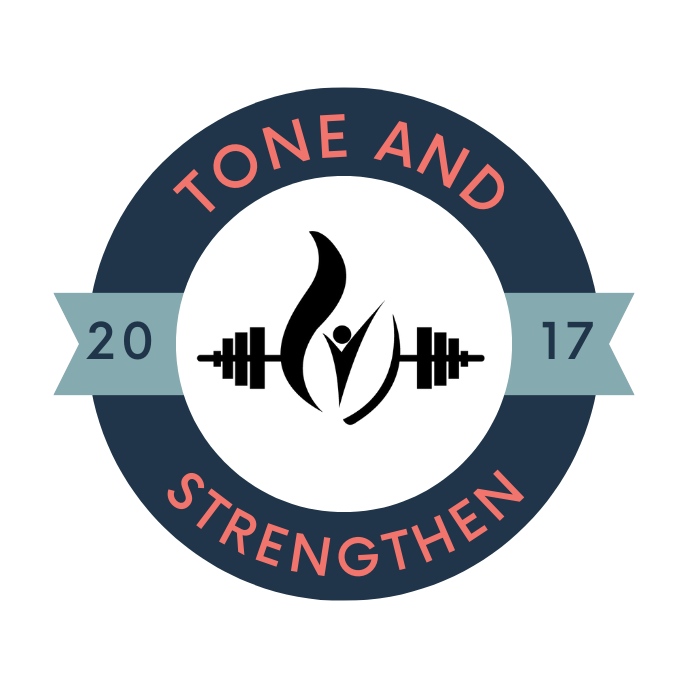
Tips to Avoid Sleep Debt Due to Daylight Savings Time
On Sunday, March 13th we will lose an hour of sleep. We spring forward an hour between March to November to conserve natural day light. Humans’ biological functions are driven by circadian rhythm, which is 24-hour cycles that regulate sleep. The circadian rhythm also regulates other key bodily functions such as appetite and mood. These rhythms are largely dependent on light exposure.
The spring forward transition gives us darker mornings and brighter evenings. This delays our sleep-wake cycle, making us feel tired in the morning and alert in the evening. We go into a sleep debt for the month of March. Research found that the average person receives 40 minutes less sleep (1). on the Monday after “Springing Forward.” You would think we make up for the sleep loss, but we don’t. There are some other negative effects of this time change like mood disturbance, heart attacks (2), and traffic accidents (3).
To minimize the effects of time change, you can make some gradual adjustments. Here are a few steps to avoid the negative effects of time change.
Bedtime Routine-
Start a consistent bedtime. Going to bed and waking up at the same time each day – including the weekends. This helps your body regulate its sleep. Make sure you get seven to nine hours of sleep the week of and the week after daylight saving time transition.
Go to Bed Early-
Start changing your bedtime a week before springing forward. Start going to bed 10 minutes early each night.
Take Naps-
If you feel sleepy after the take short 20-minute naps during the day. Remember to nap early in the day. Naps close to bedtime interfere with sleep.
Don’t Sleep-in-
Don’t sleep in the morning after the time change. Wake-up at your consistent bedtime. It will help ensure you go to bed at the right time.
Go Outdoors-
Spend time outdoors the week after springing forward. Sunlight drives our circadian rhythms. Exposure to sunlight can lessen feelings of tiredness after time change.
Try these tips to make the day light saving time transition easier. Do you have any other tips to share? Share them in comments below.
References
https://doi.org/10.1037/a0015320
DOI: 10.1056/NEJMc0807104
DOI: 10.1056/NEJM199604043341416

This Post Has 0 Comments